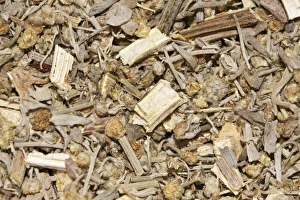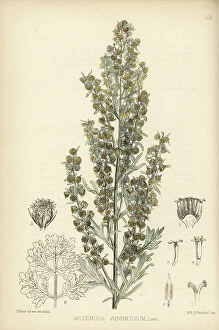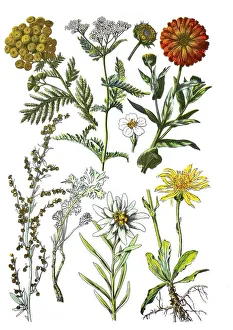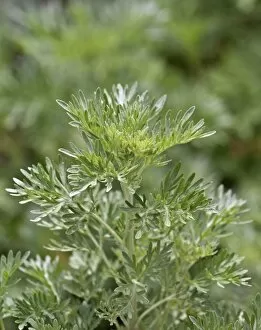Artemisia Absinthium Collection
Artemisia absinthium, commonly known as wormwood or absinthe wormwood, is a fascinating herb with a rich history and numerous uses
All Professionally Made to Order for Quick Shipping
Artemisia absinthium, commonly known as wormwood or absinthe wormwood, is a fascinating herb with a rich history and numerous uses. This organic tea has gained popularity for its unique flavor and potential health benefits. Dating back centuries, wormwood tea has been enjoyed by many cultures around the world. Its distinct taste is often described as bitter yet refreshing, making it an acquired taste for some. The leaves of this plant have been used to brew invigorating teas that are believed to aid digestion and promote overall well-being. Leonhart Fuchs' antique engraving illustration from De historia showcases the intricate beauty of Artemisia absinthium. Alongside other botanical plants like tansy, yarrow, and calendula officinalis, this herb stands out with its vibrant green leaves and delicate flowers. This perennial plant thrives in rocky gardens across Europe, including Germany where it is native. Giovanni Antonio Bottione's watercolor painting captures the essence of Artemisia absinthium's natural habitat beautifully. One interesting aspect of this herb is its chemical composition. Wormwood contains thujone molecule which gives it its distinctive aroma but also makes it controversial due to its association with absinthe liqueur. However, it should be noted that the levels found in wormwood tea are significantly lower than those present in traditional absinthe drinks. Despite being infamous for its connection to the Sarin nerve gas molecule during World War II researches have shown no evidence suggesting any harmful effects when consumed responsibly as a herbal infusion or supplement. Whether you appreciate its historical significance or enjoy sipping on a warm cup of wormwood tea for relaxation purposes, Artemisia absinthium continues to captivate both botany enthusiasts and herbal tea lovers alike.













